Fibre optic distributed acoustic sensing of volcanic events
- PMID: 35361757
- PMCID: PMC8971480
- DOI: 10.1038/s41467-022-29184-w
Fibre optic distributed acoustic sensing of volcanic events
Abstract
Understanding physical processes prior to and during volcanic eruptions has improved significantly in recent years. However, uncertainties about subsurface structures distorting observed signals and undetected processes within the volcano prevent volcanologists to infer subtle triggering mechanisms of volcanic phenomena. Here, we demonstrate that distributed acoustic sensing (DAS) with optical fibres allows us to identify volcanic events remotely and image hidden near-surface volcanic structural features. We detect and characterize strain signals associated with explosions and locate their origin using a 2D-template matching between picked and theoretical wave arrival times. We find evidence for non-linear grain interactions in a scoria layer of spatially variable thickness. We demonstrate that wavefield separation allows us to incrementally investigate the ground response to various excitation mechanisms. We identify very small volcanic events, which we relate to fluid migration and degassing. Those results provide the basis for improved volcano monitoring and hazard assessment using DAS.
© 2022. The Author(s).
Conflict of interest statement
The authors declare no competing interests.
Figures
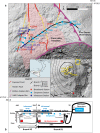
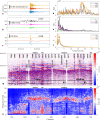


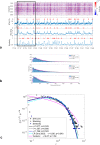
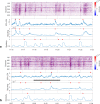
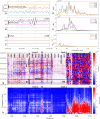
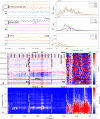
References
-
- Brown SK, et al. Volcanic fatalities database: analysis of volcanic threat with distance and victim classification. Appl. Volcanol. 2017;6:15.
-
- Surono, Jousset P, et al. The 2010 explosive eruption of Java’s Merapi volcano—a “100-year” event. J. Volcanol. Geotherm. Res. 2012;241–242:121–145.
-
- Chouet B, Matoza RS. A multi-decadal view of seismic methods for detecting precursors of magma movement and eruption. J. Volcanol. Geotherm. Res. 2013;252:108–175.
-
- McNutt, S. R. & Roman, D. C. In The Encyclopedia of Volcanoes, (ed. Sigurdsson H.), 2nd Edn. (Academic Press, 2015).
-
- Neuberg J, Lucket R, Ripepe M, Braun T. Highlight from a seismic broadband array on Stromboli. Geophys. Res. Lett. 1994;21:9.
LinkOut - more resources
Full Text Sources

